Estonia has a strong Eurasian Lynx population and offers the best chances to see the elusive cat. Besides scheduled tours, we also offer the possibility to go book a private tour. The best season for it is from September until the end of March. In autumn, the lynx have become more active again and the season for the lynx lasts until the end of March. The second part of February and March is also the mating season for the Eurasian Lynx. It’s the period when there are really good chances to spot one, as they are more active and come to open areas much more often. During different periods, Estonia has been the country with the highest lynx population density and the local individuals are one of the largest in the world. Its’ main prey – Roe Deer, is doing better year after and so is the local lynx population. Right now, an estimated 550-600 Eurasian Lynx inhabit the forests of Estonia, and one of the best areas to spot them is Lahemaa National Park in the northeastern part of the country. Lahemaa was also the first national park grounded in the whole former Soviet Union and is still the largest NP in Estonia.
The species spectrum in late autumn and early spring is very similar. When there is snow on the ground (possibly from November until the end of March), we can go tracking during the day and look for the lynx in the evening. When there’s no snow yet, we won’t be tracking during the day, but rather go for walks and do some birding. Late autumn and early spring can be a good time for spotting some of the species staying in Estonia throughout the year (Pygmy and Ural Owl, woodpeckers, Hazel Grouse, and Capercaillie) and winter guests, such as Waxwings. You can read a bit more about some of the mammal tours we had in autumn 2023 from our blog.
Overview
Looking for the lynx will be done with thermal imagery binoculars and we start usually an hour/half an hour before sunset. Usually, we look until late in the evening or sometimes even until the first hours of the new day depending on our success and level of tiredness. We move and the lynx moves and during these 5 evenings, there will be a very high probability that at one point our paths cross. It must be noted that looking for Lynx means quite a lot of driving around in the dark.
Although this tour concentrates on the Eurasian Lynx, we will most likely also meet other mammals sharing the same habitats, such as Elk, Roe Deer, Snow Hare, Pine Marten, and Raccoon Dogs, just to name the main ones. Daytime will be used for resting and looking for bird specialties, such as the forest grouse and woodpeckers. If the snow conditions are suitable, we would also go lynx-tracking. Evening excursions will give us also the chance to spot several species of owls, such as the Ural Owl and Pygmy Owl.
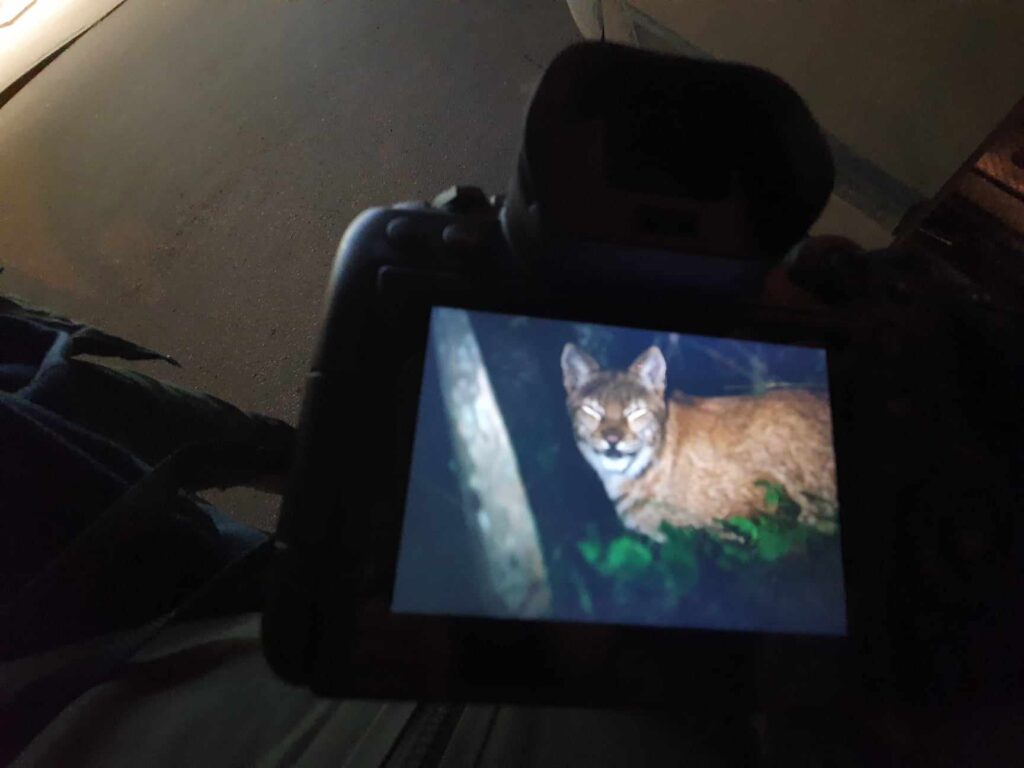
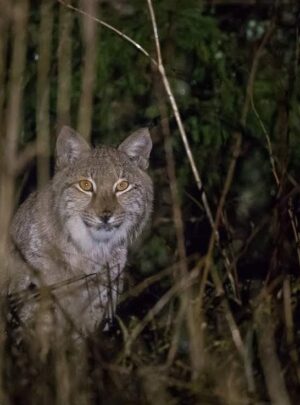
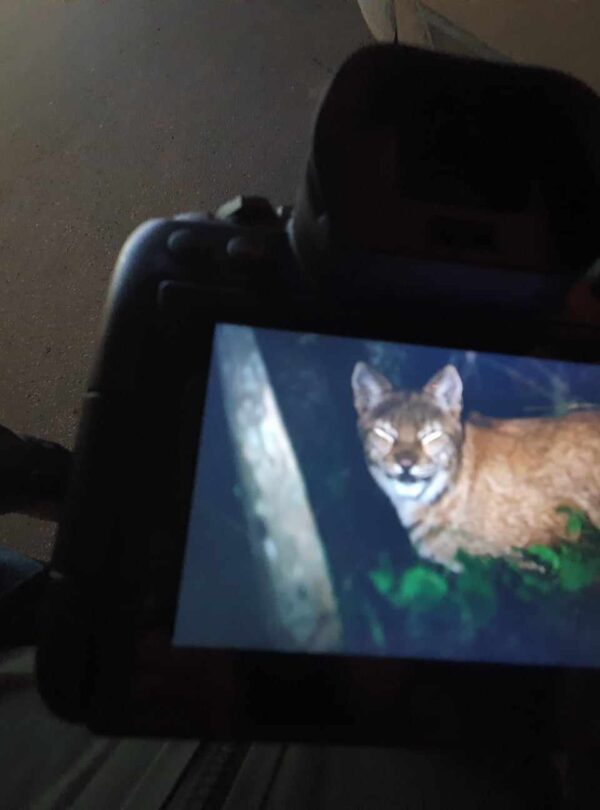



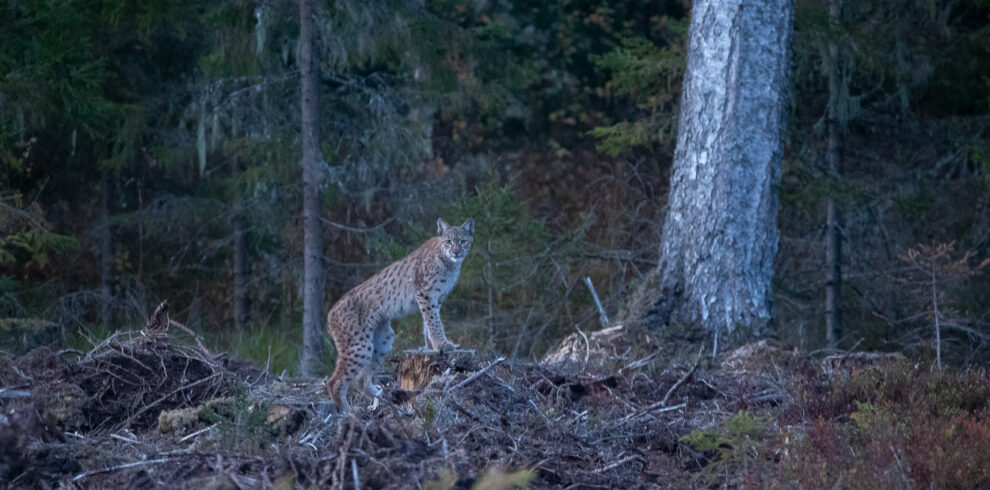
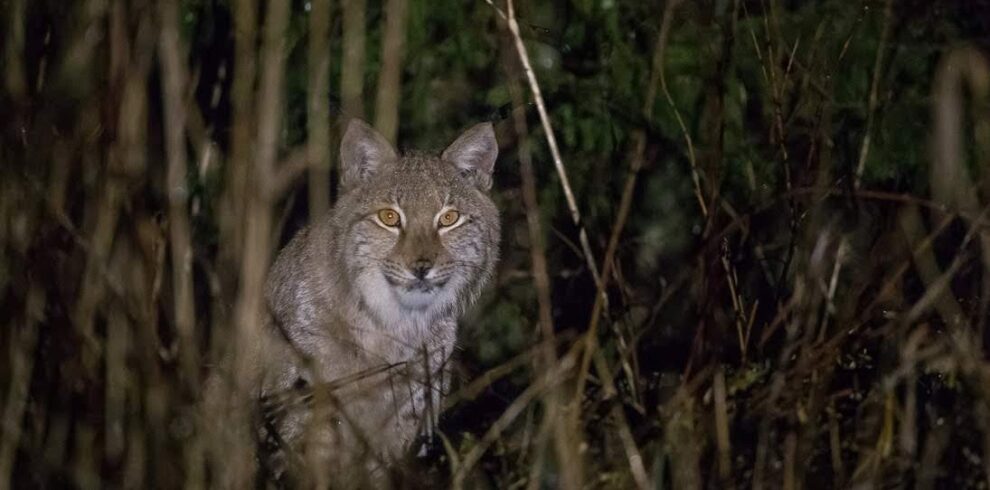
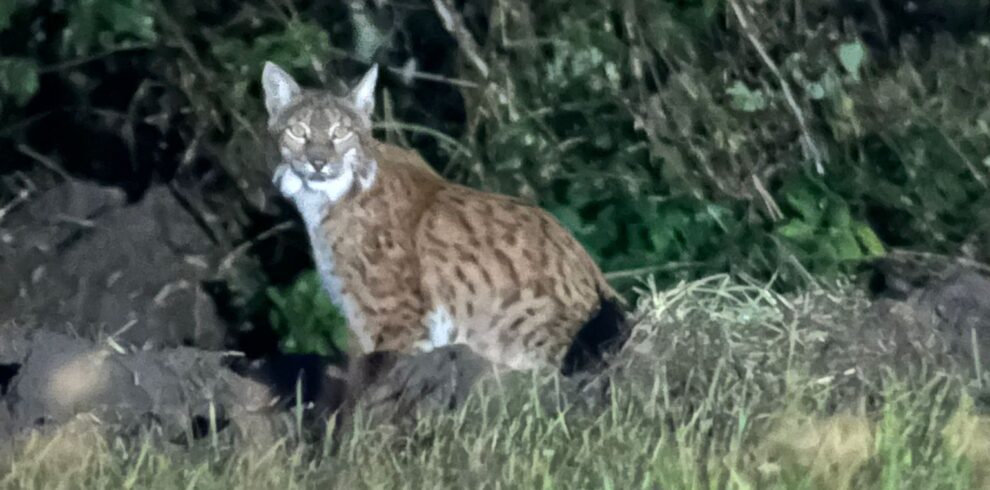
Write a Review